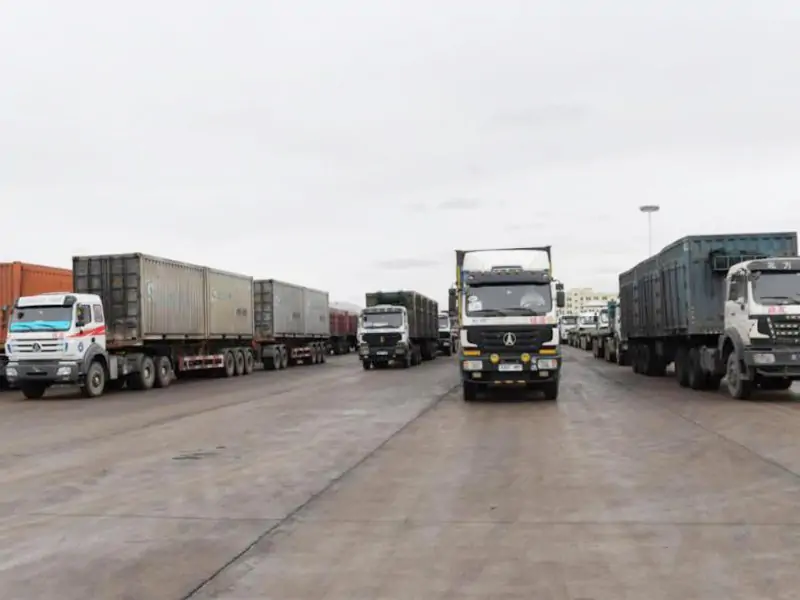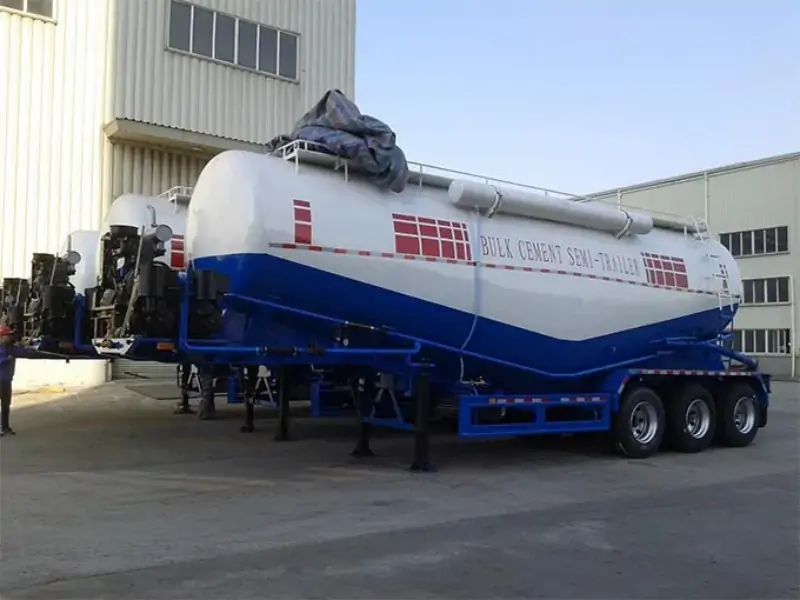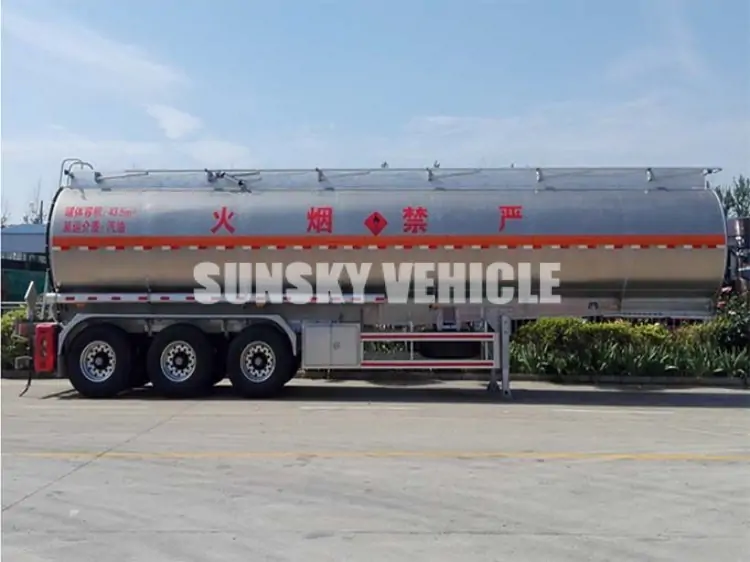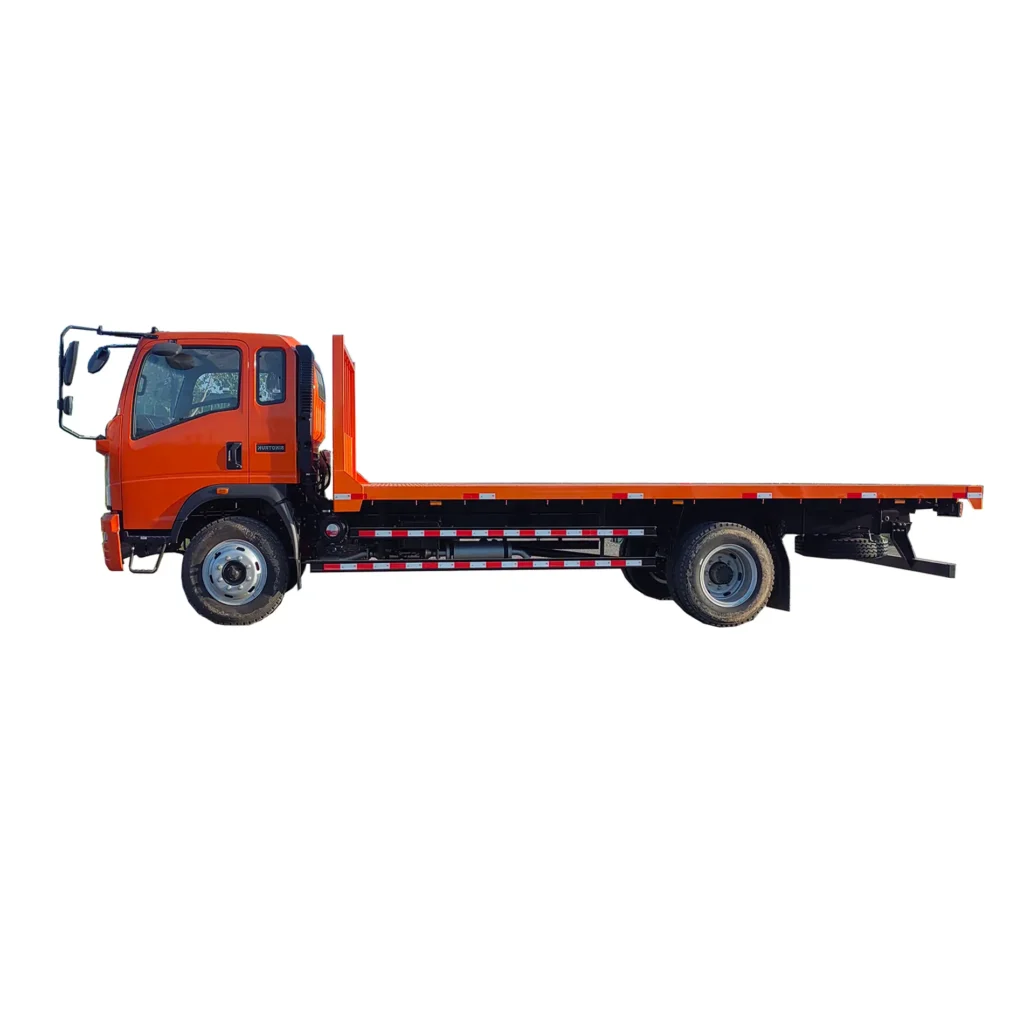
Flatbed Truck
Explore our robust flatbed trucks, from 20ft city models to 40ft long-haul units. Engineered with open decks and strong tie-downs, our flat deck trucks offer flexible, secure transport for machinery, building materials, and more.
What is a flatbed truck?
A flatbed truck, often referred to as a flatbed lorry or simply a flatbed, is a commercial motor vehicle characterized by an open, flat load-carrying area with no sides or roof. Unlike enclosed trailers or traditional truck bodies, the entire bed is exposed, providing unparalleled flexibility for loading and unloading cargo from any angle, including from the top by crane or from the sides by forklift. Its design makes it ideal for transporting oversized, irregularly shaped, or extremely heavy items that wouldn’t fit within an enclosed space. Flatbed trucks are essential for industries requiring versatile freight solutions, relying on robust tie-down points and securement methods to keep cargo stable during transit.
Flatbed Truck for sale
No products were found matching your selection.
flatbed trucks application scenarios
Flatbed trucks, also known as flatbed lorries or open-deck trucks, are incredibly versatile workhorses, indispensable across a wide range of industries due to their unobstructed loading area and adaptability.
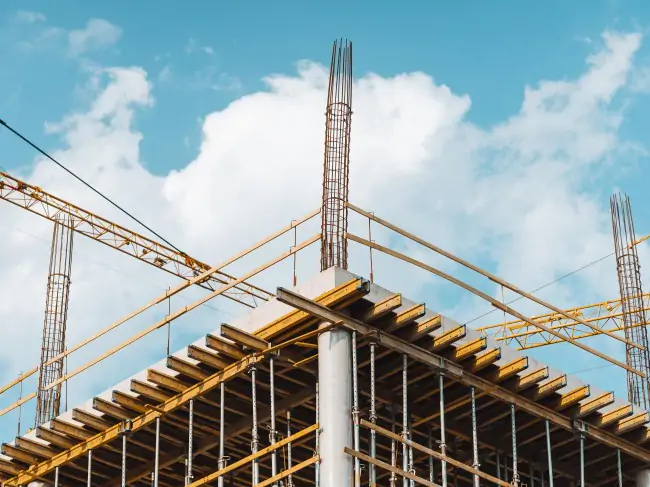
Construction & Building Materials: The most common application is hauling lumber, steel beams, pipes, scaffolding, prefabricated walls, bricks, and heavy machinery parts directly to construction sites.
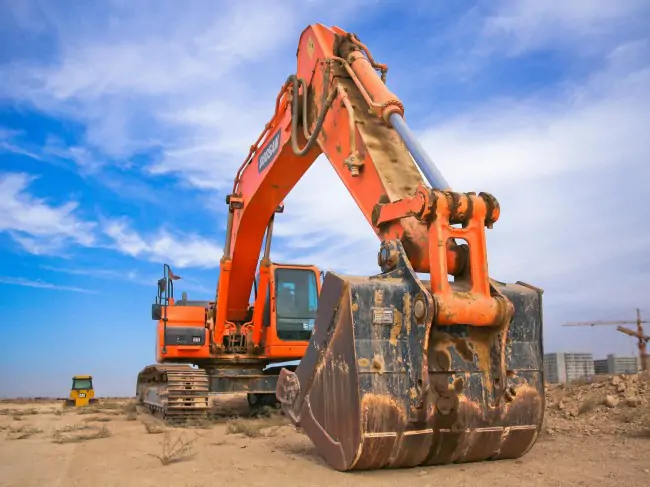
Heavy Equipment Transport: Moving large machinery like excavators, bulldozers, forklifts, or agricultural equipment that is too wide or tall for enclosed trailers.
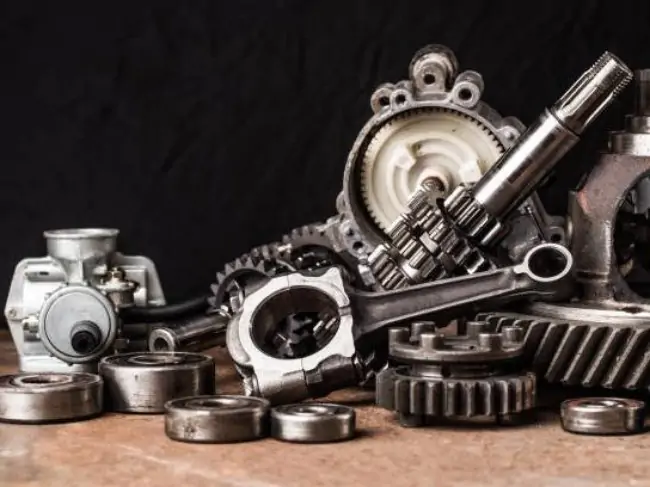
Manufacturing & Industrial Goods: Transporting large industrial components, machinery, specialized equipment, or raw materials like steel coils and concrete forms.
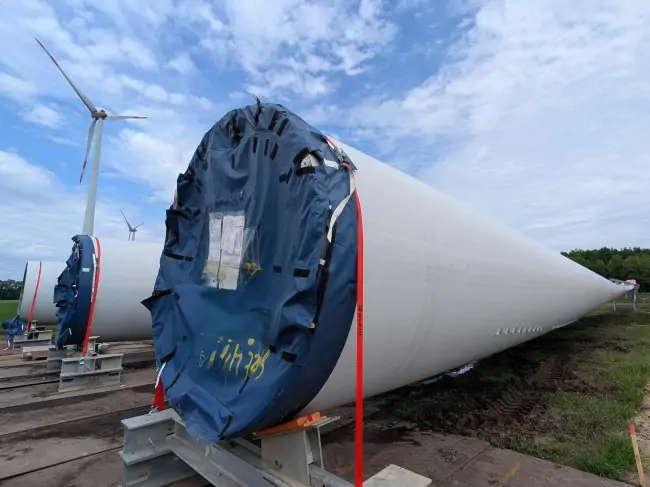
Energy Sector: Transporting turbines, blades, and other large components for wind and solar farms.

Landscaping & Forestry: Moving large trees, rocks, logs, or specialized landscaping equipment.

Specialized Cargo: Any oversized, unusually shaped, or extremely heavy freight that requires top or side loading capabilities, such as crates, vehicles, or even boats.
Standard configuration
-
truck body length
-
12R22.5 Tires
-
LED light system
-
Q345 steel
-
surface paint process
-
Leaf spring suspension
-
condition of the chassis cab
Customizable options
-
truck body height
-
truck body design
-
LHD/RHD
-
payload
-
vehicle brand
-
accessory(fuel tank,water tank)
-
color
Looking for some new designs ?
flatbed tow truck detail design
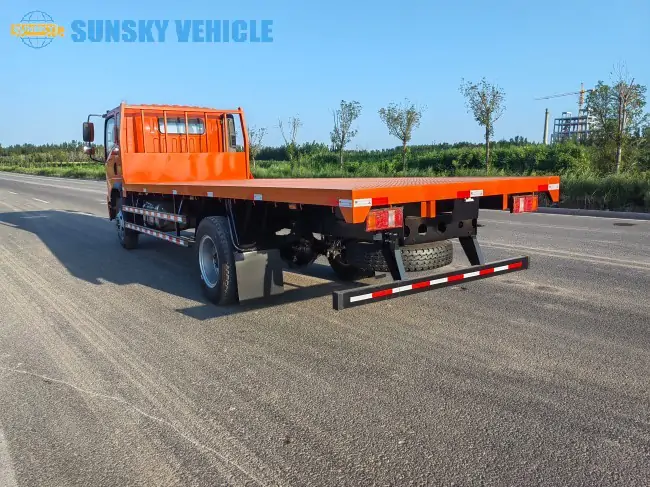
Features a completely flat, open load surface with no fixed sides or roof. This design allows for ultimate loading flexibility from any angle, perfect for oversized or irregularly shaped cargo on a versatile flatbed lorry.
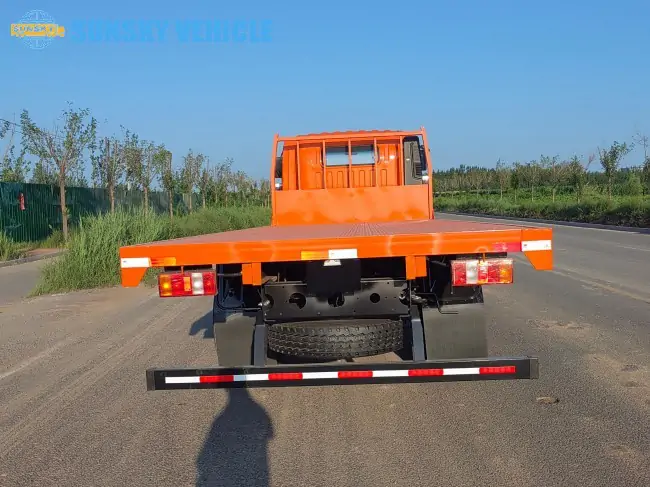
Built upon a heavy-duty, high-strength steel chassis designed to endure extreme, concentrated loads. Its engineered durability ensures structural integrity and stability, crucial for safely transporting heavy machinery and materials.
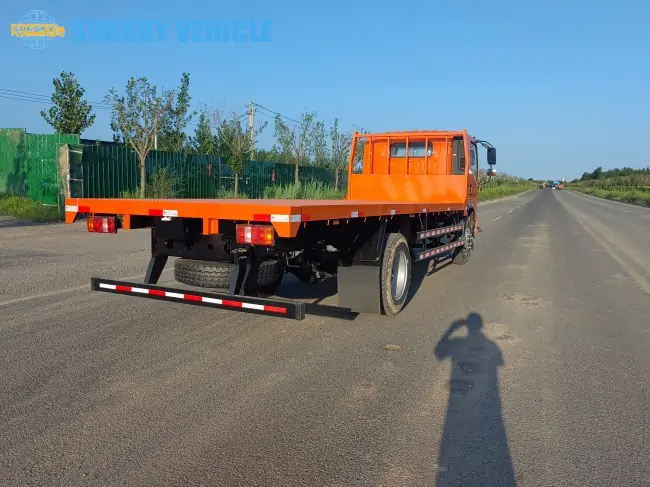
Equipped with numerous strategically placed stake pockets, rub rails, and D-rings along the perimeter. These provide versatile and secure anchor points for chains, straps, and binders, ensuring all cargo is firmly immobilized during transit.
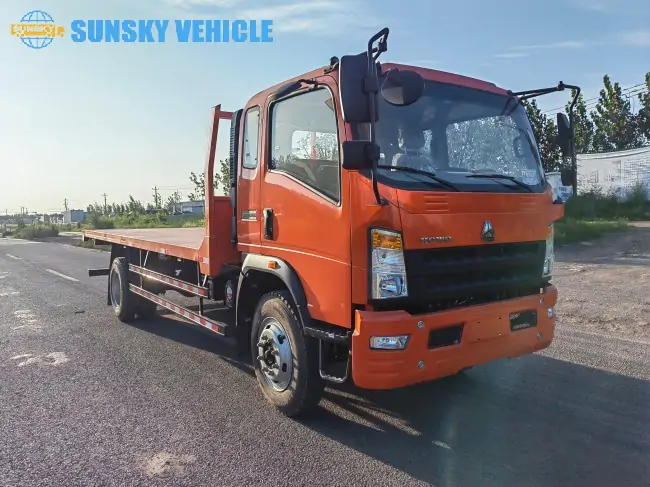
The flatbed surface is typically constructed from treated timber, steel, or aluminum. These materials are chosen for their strength, resistance to wear, and ability to withstand heavy impacts from diverse cargo, offering long-term reliability.
Video of flatbed transport truck
The trailer type you are looking for is not found
FAQ
What are the primary advantages of using a flatbed truck for shipping?
The primary advantages of using a flatbed truck, also known as an open-deck truck or flatbed lorry, for shipping revolve around its unparalleled loading flexibility and versatility for diverse cargo types. Unlike enclosed trailers, a flatbed’s open design allows for unrestricted loading and unloading from all sides, as well as from overhead using cranes, gantries, or forklifts. This is crucial for oversized, irregularly shaped, or extremely heavy items that simply wouldn’t fit inside a standard dry van.
This versatility means a flatbed truck can transport a vast array of goods, from building materials like steel beams, lumber, and concrete slabs to heavy machinery such as excavators, bulldozers, and industrial components. The open nature also means there are no height or width restrictions (other than legal road limits), making it ideal for loads that exceed standard dimensions. While requiring proper securement and weather protection for sensitive cargo, the flatbed’s ability to handle almost any non-perishable freight efficiently makes it an indispensable asset in construction, manufacturing, and heavy equipment transport, maximizing operational adaptability.
What types of cargo are best suited for flatbed trucking?
Flatbed trucking is best suited for cargo that is oversized, unusually shaped, heavy, or requires loading from the top or sides. This includes a broad spectrum of materials and equipment primarily found in construction, manufacturing, and industrial sectors. Common examples include building materials such as lumber, steel coils, rebar, pipes, concrete slabs, and prefabricated structures. Heavy machinery like excavators, bulldozers, forklifts, and agricultural equipment are ideal for open-deck trucks due to their dimensions and weight.
Industrial components like turbines, large generators, heavy-duty valves, and large crated equipment also frequently rely on flatbeds. Any freight that cannot be easily loaded through a standard rear door or that exceeds the dimensional limits of an enclosed trailer finds its perfect match with a flatbed lorry. While vulnerable to weather, items like bricks, aggregates, and certain industrial supplies that are not weather-sensitive are also frequently transported. The key characteristic of suitable cargo is its ability to withstand open-air transport and be securely fastened to the flat, unobstructed deck.
How do you properly secure cargo on an open-deck truck?
Properly securing cargo on an open-deck truck, or flatbed truck, is absolutely critical for safety and is governed by strict regulations (like DOT in the US). It involves a combination of specialized equipment and meticulous technique. The primary tools are heavy-duty chains, binders, and ratchet straps. Chains are typically used for heavy, rigid items like machinery or steel, while straps are common for less rigid or more delicate loads. These securement devices are fastened to the numerous tie-down points (like D-rings or stake pockets) located along the perimeter of the flatbed lorry.
The strategy involves creating a sufficient working load limit (WLL), which is the maximum weight a securement device can safely handle. Cargo must be secured to prevent movement in all directions: forward, backward, side-to-side, and vertical. This often means using multiple securement devices over, through, or around the cargo, creating tension that holds it firmly against the deck. Additionally, edge protectors are used under straps/chains to prevent damage to the cargo and the securement devices. For uneven loads, blocking and bracing (e.g., dunnage) might be used to stabilize the cargo before applying straps/chains. Regular checks during transit are also crucial to re-tension as loads settle.
Are there size or weight restrictions for flatbed loads?
Yes, there are significant size and weight restrictions for flatbed loads, even though flatbed trucks are designed for oversized cargo. These restrictions are primarily governed by federal, state, and local regulations and vary depending on the jurisdiction. The most common standard dimensions for a load on a flatbed lorry without special permits are typically 8 feet 6 inches wide, 13 feet 6 inches high, and 48-53 feet long (for the trailer itself, the load cannot exceed the rear of the trailer by a certain margin).
For loads that exceed these standard dimensions (often termed “oversize” or “overweight” loads), special permits are required from each state or jurisdiction the flatbed truck will travel through. These permits often specify approved routes, travel times (e.g., daylight hours only), escort vehicle requirements (pilot cars), speed restrictions, and specific signage (e.g., “OVERSIZE LOAD” banners and flags). The maximum legal weight also depends on the truck’s axle configuration (number of axles, spacing) and the Gross Vehicle Weight Rating (GVWR) of the entire combination. Compliance with these regulations is critical for the legal and safe operation of an open-deck truck transporting large freight.
How does a flatbed truck manage different types of weather conditions?
Operating a flatbed truck in different weather conditions requires specific management strategies, as the open-deck design leaves cargo exposed. For rain, snow, or excessive dust, sensitive cargo must be protected using tarps. Heavy-duty, waterproof tarpaulins are securely fastened over the load, preventing water ingress and keeping the freight dry. The tarping process itself is a skill, requiring careful covering and securement to prevent flapping or tearing at highway speeds.
For windy conditions, the primary concern is the load’s aerodynamics and securement. Tall or wide loads on an open-deck truck can act like sails, increasing wind resistance and potentially affecting stability. Extra securement chains or straps might be necessary, and drivers must exercise extreme caution, especially when crossing bridges or in open areas. Ice and snow on the deck require thorough clearing before loading to ensure cargo sits flush and securement devices can properly grip. In all conditions, vigilant load checks are vital. While the flatbed lorry provides unparalleled loading flexibility, weather protection requires proactive measures from the operator, making it a critical aspect of flatbed trucking safety and efficiency.
Connect with us
Ready to partner? We’re convinced Sunsky Vehicle is your best choice! Reach out through the form or by phone.

*Our team will answer your inquiries within 24 hours.
*Your information will be kept strictly confidential.
Contact Info
-
+86 13666007515
-
sunskyvehicle@gmail.com
-
No.99 Xiangyu Road, Xiamen Free Trade Zone,HULI DISTRICT, XIAMEN,CHINA Factory address: Liangshan district, Jining city, Shandong, China
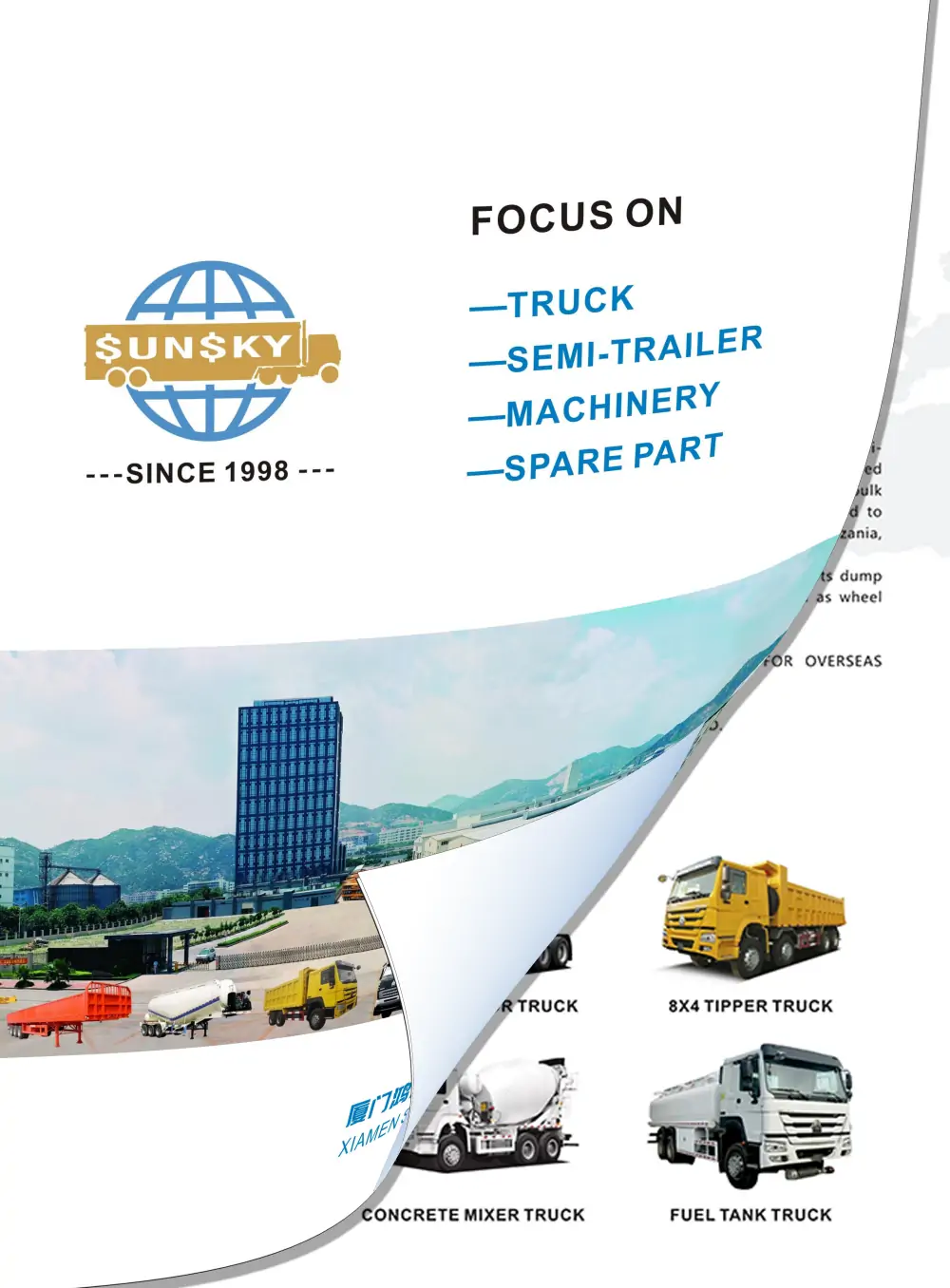
Copyright © 2020 Xiamen Sunsky Vehicle Co.,Ltd..All Rights Rese Co.,Ltd..All Rights Reserved.
Get A Quote
The more details you provide, the faster we can quote.
*Our team will answer your inquiries within 12 hours.
*Your information will be kept strictly confidential.










